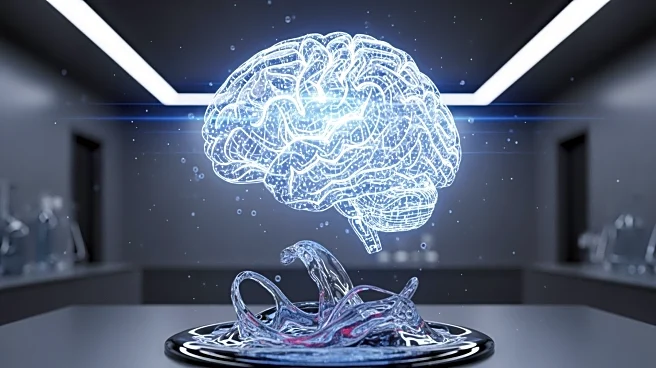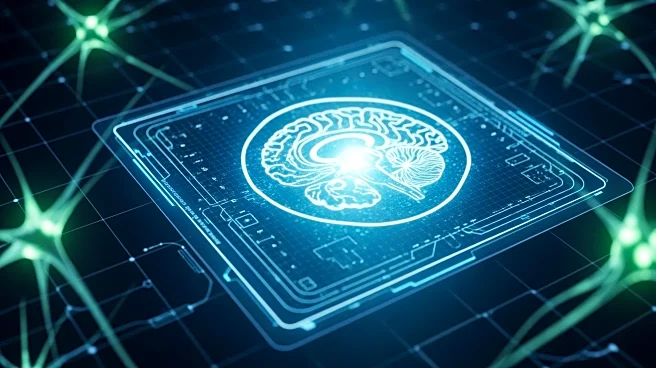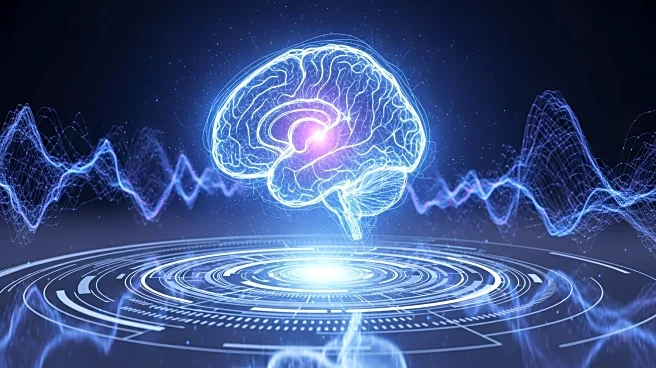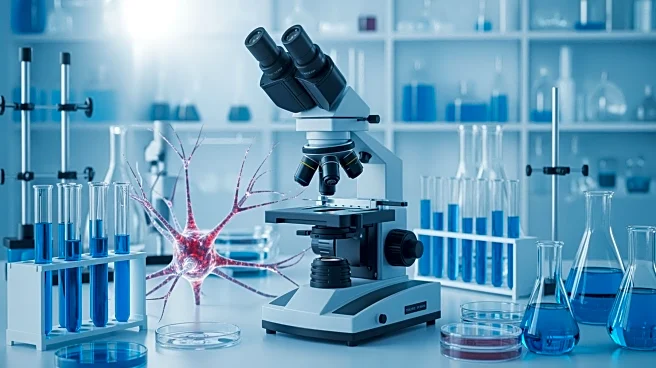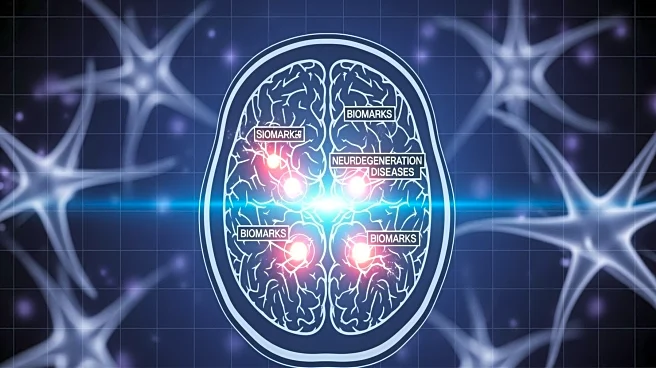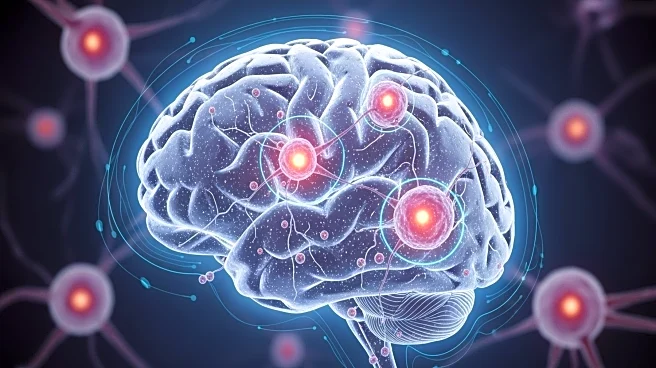What's Happening?
The use of biofluid biomarkers is transforming neurodegenerative disease research, offering insights into conditions like Alzheimer's, Parkinson's, and ALS. Liquid biopsy, originally developed for cancer
detection, is now being applied to neurodegeneration research, providing fast and quantitative analysis. Key biomarkers include amyloid-beta precursor protein, tau proteins, and alpha-synuclein, which are crucial for understanding neuronal health and dysfunction. These biomarkers are detectable in biofluids, making them valuable tools for early diagnosis and monitoring disease progression.
Why It's Important?
Biofluid biomarkers offer a non-invasive method for diagnosing neurodegenerative diseases, which is critical given the challenges associated with traditional diagnostic methods. They provide a window into the brain's pathology, allowing for early detection and potentially more effective treatment strategies. The ability to monitor disease progression through biofluid analysis can lead to better patient management and improved outcomes, highlighting the importance of these biomarkers in clinical practice.
What's Next?
The continued development and validation of biofluid biomarkers will likely enhance their role in clinical diagnostics and treatment planning. As research progresses, these biomarkers may become integral to personalized medicine approaches, offering tailored treatment strategies based on individual biomarker profiles. The exploration of new biomarkers and the refinement of existing ones will further improve diagnostic accuracy and treatment efficacy.
Beyond the Headlines
The ethical implications of biofluid biomarker research, particularly in terms of patient consent and data privacy, are significant. The integration of these biomarkers into clinical trials and their potential role in personalized medicine underscore the need for standardized protocols and rigorous validation processes. The transformative potential of biofluid biomarkers in neurodegenerative disease research highlights the importance of continued innovation and collaboration across scientific disciplines.
